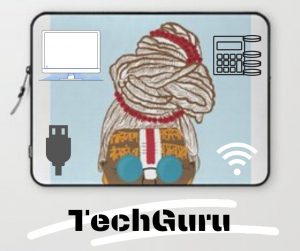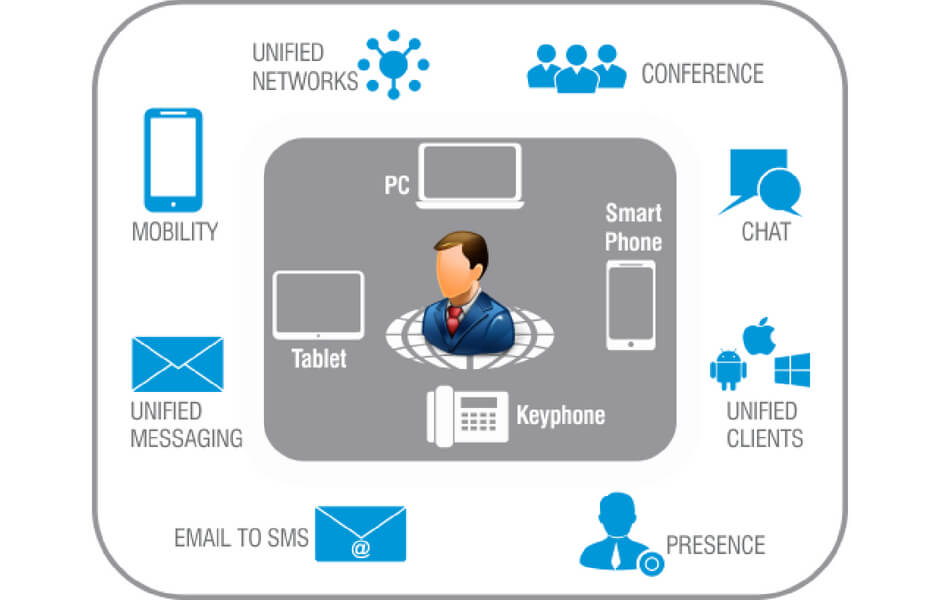Reading Time: 4 minutes
Lockdowns worldwide due to the COVID-19 pandemic has forced a large portion of the workforce to work from home. Jooydev says that the need for a robust unified communications (UC) infrastructure has spiked up like never before, exclusively for Different Truths.
 Government lockdowns across the majority of the countries worldwide has forced a large portion of the workforce to work from home. India is no exception to it. In this scenario, the need for a robust unified communications (UC) infrastructure has spiked up like never before. Although such remote conferencing and collaboration tools had been there for a while, they were not of much priority. Their need was not a pressing one. The UC infrastructure has become a business essential, and its key planks, such as collaboration and remote conferencing are now business necessities.
Government lockdowns across the majority of the countries worldwide has forced a large portion of the workforce to work from home. India is no exception to it. In this scenario, the need for a robust unified communications (UC) infrastructure has spiked up like never before. Although such remote conferencing and collaboration tools had been there for a while, they were not of much priority. Their need was not a pressing one. The UC infrastructure has become a business essential, and its key planks, such as collaboration and remote conferencing are now business necessities.
Although such remote conferencing and collaboration tools had been there for a while, they were not of much priority. Their need was not a pressing one. The UC infrastructure has become a business essential, and its key planks, such as collaboration and remote conferencing are now business necessities.
The need for such UC tools is likely to remain well in the future as remote working is slowly becoming the new normal and it seems that working practices and set-up will not return to what they were in February 2020. According to a report published by industry analyst Omdia in its April 2020 research issue, amidst all the uncertainties, two things are permanent and should be borne in mind – the virus will pass, and the world of work will look entirely different than it was in February 2020.
Before going deeper into the discussion of the need for Unified Communications’ infrastructure, let me give a brief idea of what this term means.
The term ‘Unified Communication’ or ‘UC’ describes how the digital workforce connects different communication systems and collaborates with them. This business and marketing-based concept integrate enterprise communication services such as instant messaging (chat), voice (IP telephony), audio, web & video conferencing, fixed-mobile convergence, desktop sharing, call control, and speech recognition with non-real-time services such as unified messaging. The globally dispersed workforce enjoys a higher level of interaction with seamless UC. Breaking the silos between the enterprise teams, it ensures that no matter where you work, you are always connected.
The term ‘Unified Communication’ or ‘UC’ describes how the digital workforce connects different communication systems and collaborates with them. This business and marketing-based concept integrate enterprise communication services such as instant messaging (chat), voice (IP telephony), audio, web & video conferencing, fixed-mobile convergence, desktop sharing, call control, and speech recognition with non-real-time services such as unified messaging.
Unified communications should not be confused with unified messaging as it refers to both real-time and non-real-time delivery of communications based on the preferred method and location of the recipient, while unified messaging holds messages from various sources for retrieval at a later time.
Benefits of Unified Communications
- Improved efficiency and productivity – Unified communications has made people’s work simpler and easier by saving time on simple work tasks. Gone are the days of fax and voicemail when one has to manually retrieve the paper from a fax machine or listen to a voicemail by dialling a number. UC system has eased the work by directly delivering the audio file of PDF to the e-mail. Besides, people can work remotely without any special IT setup for communications.
- Enhanced User Experience – You, as a service provider, no more have to worry about customer’s calls being missed. You can be available to your customer 24×7 by redirecting your fixed number to your mobile device. Also, if a customer wants to connect to a specific department, they can talk to the concerned person right then without waiting for the person to come and attend the call. The call can be redirected.
- Reduced Costs – Using the Voice over IP (VoIP) technology, unified communication integrates different communication platforms, unlike traditional telephony which relied on analogue phone lines. These line rental costs, approximately 40 per cent are saved when UC infrastructure is followed.
- Suitable for a Mobile and Remote Workforce – The most sought after benefit as far as the suitability of a remote workforce is concerned. The various tools of unified communications have made remote working as simple as working together on a table. By combining voice and video with instant messaging, unified communication is simplifying the process of communication. Besides this, employees can collaborate on a particular platform and solve issues through features like screen sharing.
Digital transformation and rise of the digital workforce is the biggest trend driving the adoption of UC. The idea on which digital workforce thrives is that people should be able to access the tools they to work, from wherever they are, and whatever device they use. Cloud communications in the form of UC are catering to it.
Digital transformation and rise of the digital workforce is the biggest trend driving the adoption of UC. The idea on which digital workforce thrives is that people should be able to access the tools they to work, from wherever they are, and whatever device they use. Cloud communications in the form of UC are catering to it. Omdia forecasts that the collaboration market for equipment and services will grow 7 per cent this year and the web/videoconferencing market may reach a whopping $4.91bn in 2020. The rise in the use of Team Meetings and Zoom meetings are an example of it.
Photo from the Internet


















